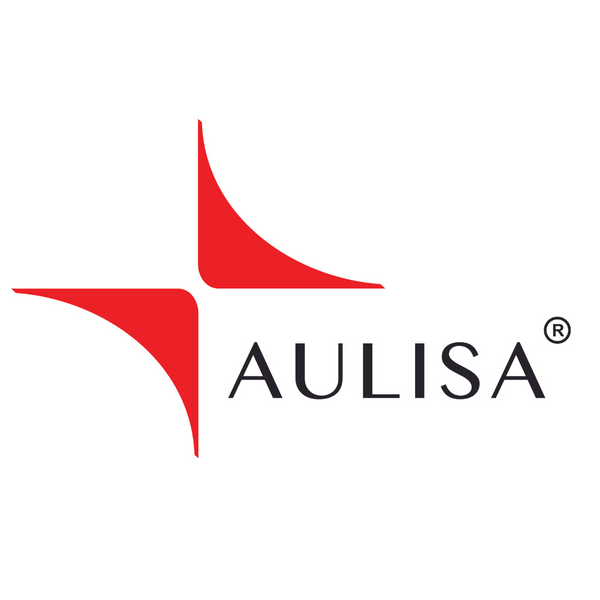In today’s fast-paced healthcare landscape, the ability to monitor patient vitals in real time is transforming the way we approach care. One of the most valuable metrics is oxygen saturation (SpO₂), a key indicator of respiratory health. Here’s how SpO₂ monitoring is reshaping modern medicine:
1. Real-Time Insights for Proactive Care
Continuous SpO₂ monitoring provides immediate feedback on a patient’s oxygen levels, enabling healthcare providers to detect early signs of respiratory distress. This real-time data is crucial for early intervention, particularly in patients with chronic conditions or those at risk for complications.
2. Empowering Remote Patient Monitoring
With the integration of wearable devices, patients can now track their SpO₂ levels outside of the traditional clinical setting. This shift not only enhances patient engagement but also allows for remote care management, reducing unnecessary hospital visits and enabling more personalized treatment plans.
3. Enhancing Telehealth and Virtual Consultations
SpO₂ data is a cornerstone of telehealth services. During virtual consultations, clinicians can review up-to-date SpO₂ readings to make informed decisions about patient care, bridging the gap between in-person and remote healthcare delivery. This seamless integration leads to faster, more accurate diagnoses and interventions.
4. Driving Innovation in Medical Technology
The growing reliance on SpO₂ monitoring has spurred significant advances in sensor technology and AI-powered analytics. These innovations are not only improving the accuracy and reliability of SpO₂ readings but also providing predictive insights that can help anticipate health events before they become critical.
5. Improving Outcomes for Patients
From managing chronic respiratory diseases to monitoring postoperative recovery, SpO₂ monitoring is improving patient outcomes by enabling timely, data-driven decisions. This technology empowers both patients and providers to maintain optimal health, even in challenging or rapidly changing clinical scenarios.
At Aulisa Medical, we’re committed to harnessing the power of continuous monitoring technologies like SpO₂ tracking to drive better health outcomes and enhance the patient-provider relationship. As modern medicine continues to evolve, the ability to monitor oxygen levels in real time stands out as a game-changer in ensuring that every patient receives the proactive, personalized care they deserve.
Stay tuned as we explore more innovations that are redefining healthcare in this exciting new era of digital medicine.

